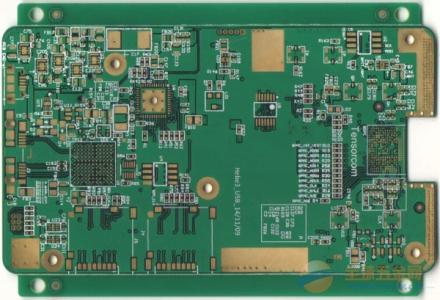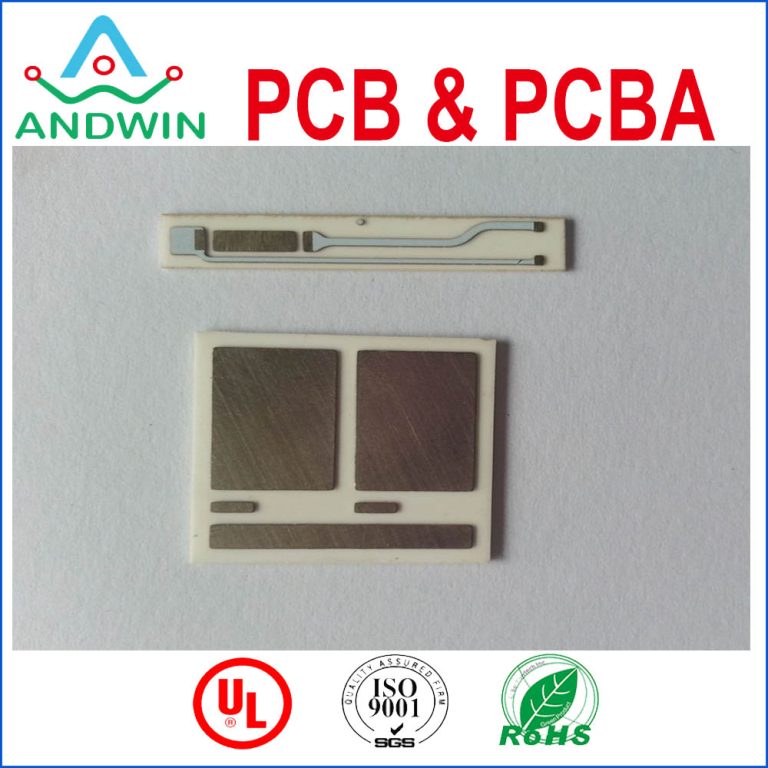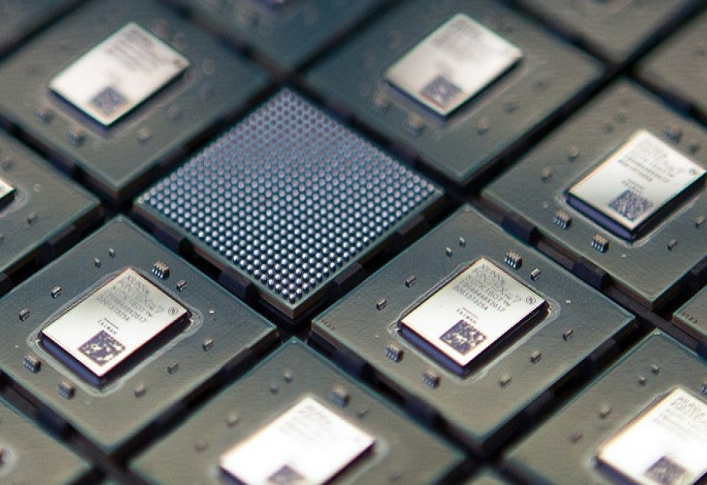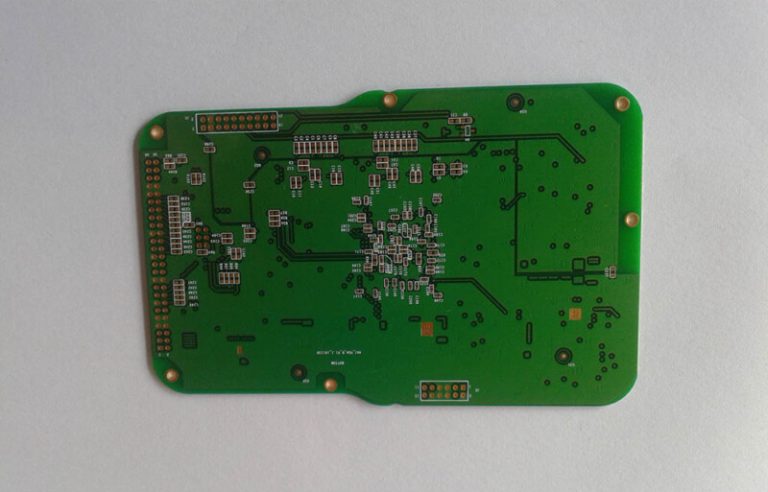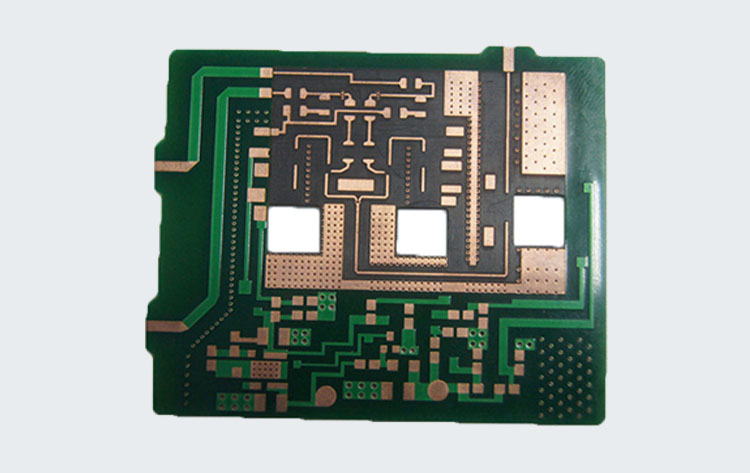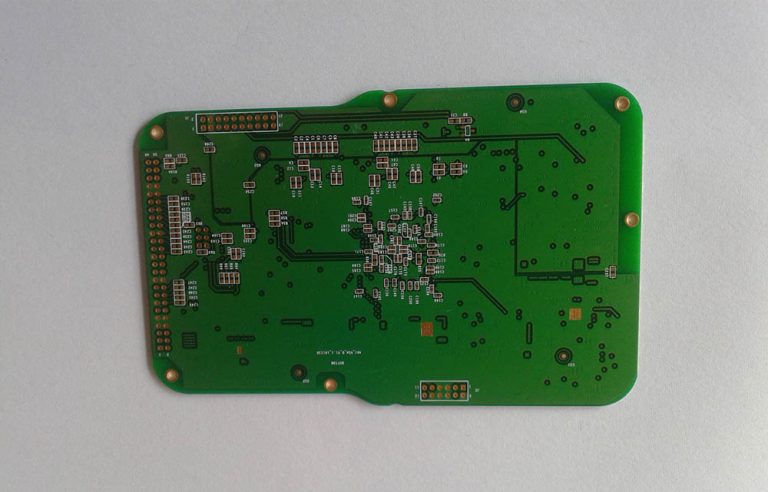Aluminium pcb thermal resistance
Aluminum PCBs have good thermal conductivity and low thermal resistance compared to traditional FR4 PCBs. The thermal resistance of an aluminum PCB depends on the thickness of the aluminum layer, the thickness of the dielectric layer, and the copper thickness. Generally, the thicker the aluminum layer, the lower the thermal resistance. The thermal resistance of an aluminum PCB can…

